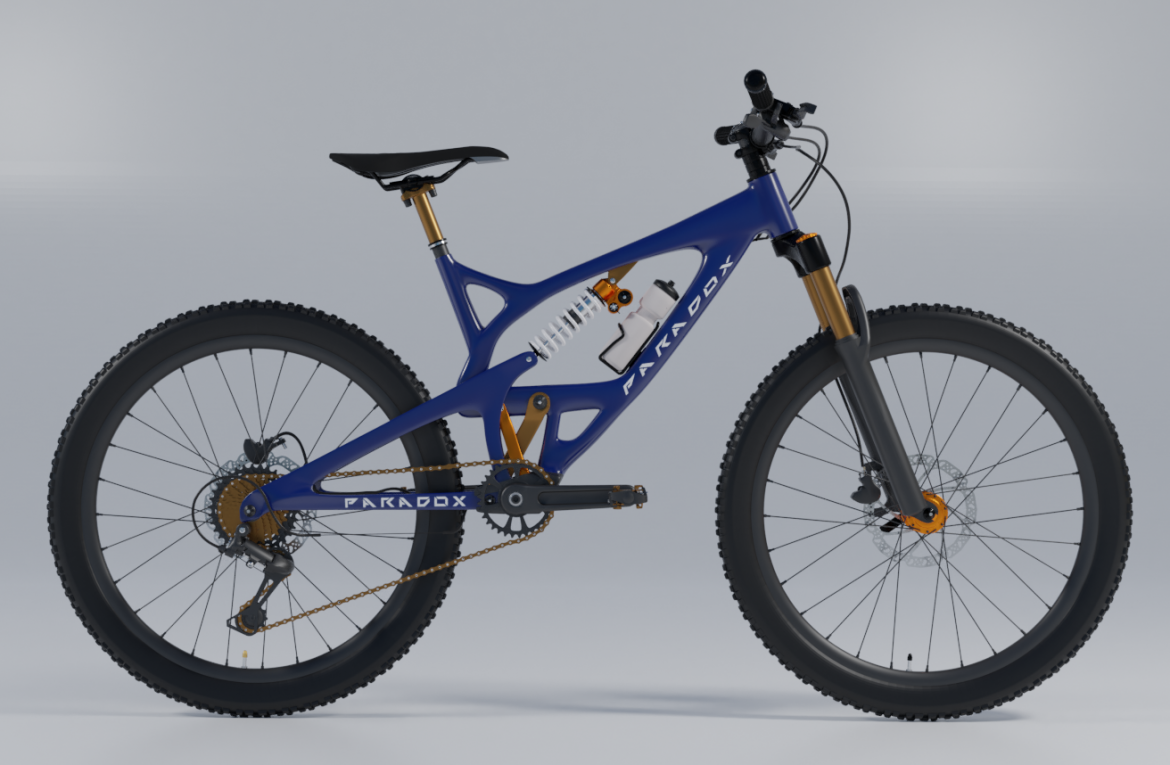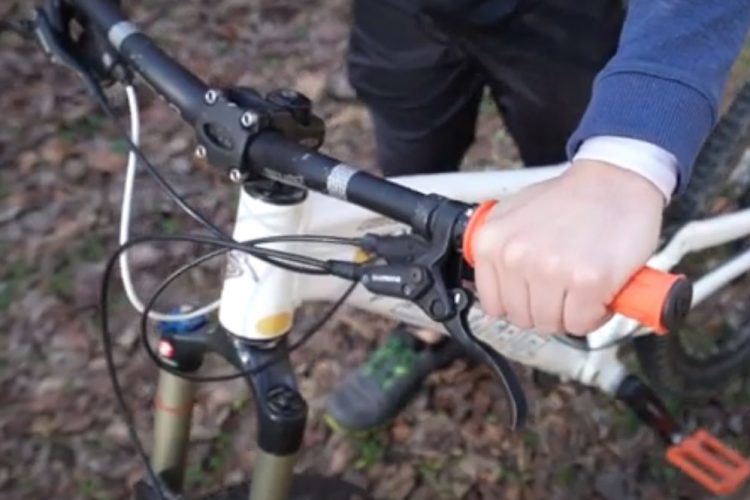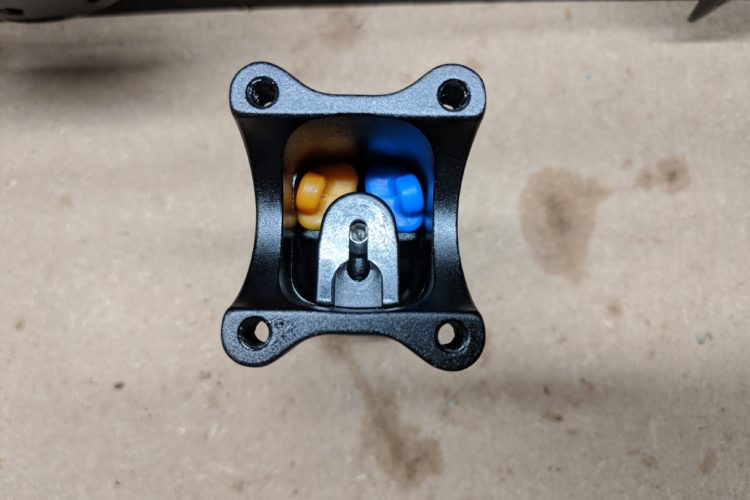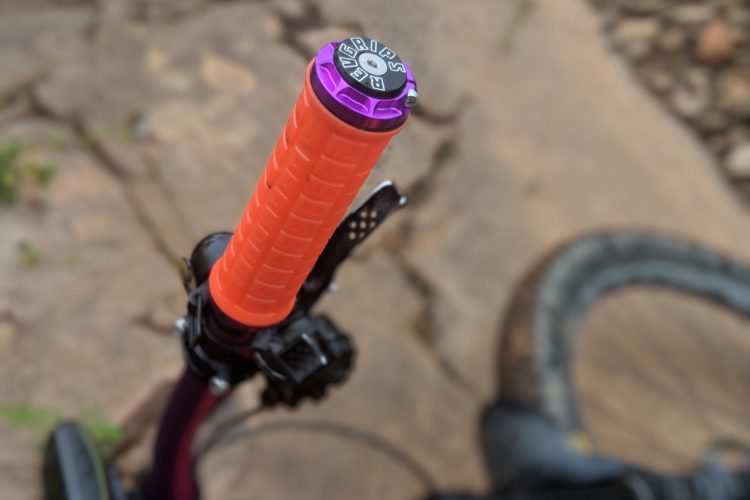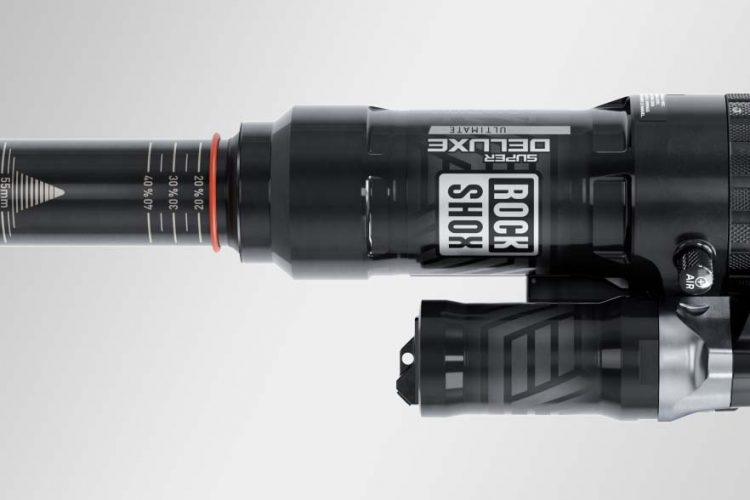Editor’s note: Singletracks does not vet crowdfunding projects, and this coverage should not be considered an endorsement of the seller or product. Be sure to thoroughly read and understand the project terms and conditions if you decide to pledge or purchase. Buyer beware.
There have been a number of full-suspension MTB platforms over the years that saw the bottom bracket (BB) mounted in the rear triangle instead of the front. Those frame designs boast advantages of less pedal bob and increased pedaling efficiency since pedal force is generated on the same rigid structure that transfers it to the ground — like a hardtail. The disadvantages of those designs might be obvious: with the rider’s body weight on the pedals, the rear suspension becomes fairly rigid and ineffective. Bryan McFarland’s Paradox Suspension design aims to harness the plusses of a rear-mounted bottom bracket while foregoing the minuses of those earlier iterations.
The video above is a rudimentary depiction of how McFarland’s design would function, providing the upward and forward axle path that high-pivot bikes are lauded for. Additionally, this system would do away with chain growth since the distance between the BB and rear axle remains constant. Unlike previous versions of this system, the Paradox cross-linkage design allows the BB to move across a horizontal plane while the rear axle moves up and down through its travel. The horizontal BB movement is thought to forego issues with the rider’s weight above the system while gaining the known benefits of a rigid rear-end and BB connection. What it might feel like to have your feet pulled rearward with every impact is a question for the prototype phase of this bike.

We had other questions for McFarland around mud management with the complex linkage that sits just ahead of the rear tire, and the level of stiffness the frame designer feels will be possible with the original design. McFarland said that the suspension design is the real innovation here and that the frame will change greatly throughout the testing process. He has already redrawn the Paradox frame to include a more traditional downtube after receiving feedback and concerns around the frame’s potential stiffness and the amount of force that will be spread across the links and pivots. Put simply, the bike is a work in progress, and like everyone on Kickstarter, he needs help funding that work.
Paradox Suspension has a Kickstarter goal of raising $94,000 to cover the costs that would see this frame to market. Click over to their Kickstarter page for additional details or to add your support.












